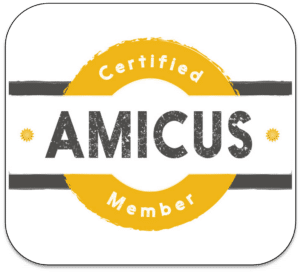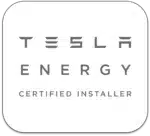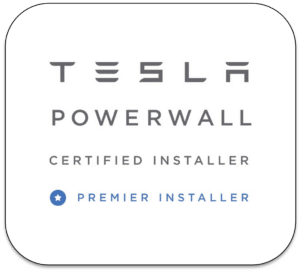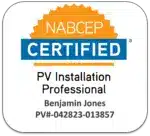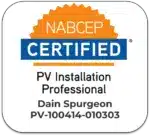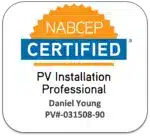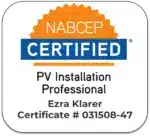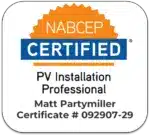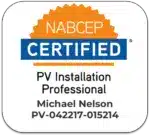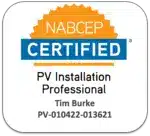Here are things to think about when you are considering solar for your home:
- Is there a good place for solar on your roof?
Southern exposure is optimal, but with improvements in panels over the past 10 years eastern and western exposures are both very good also.
- Will that location on your roof get shading during the day and how many vents and other obstructions are on the roof.
SunEye readings taken by a solar consultant can measure the potential solar energy a roof will get all year By analyzing the location of the sun over the seasons and the effect of nearby trees, buildings, etc that could shade the system we can give very accurate estimates of annual energy output.
- If the roof won’t work, do you have an area in your yard/on your land that gets sunlight and you aren’t using?
A ground mounted system is a good alternative when a roof mounted system isn’t ideal. This type of system mounted system is mounted on a steel framework that is set in concrete footings. One benefit is that the location can be chosen for it’s solar access. Trenching is needed to take the electricity to the home from the ground mounted array. Other options include a canopy installations.
- How much power are you using at your home?
This is easily found on the most recent copy of your electric bill. Most utility companies list annual electric in kWh. Some utilities give you an average daily kWh. This information coupled with the area available for solar panels will give a solar professional the information they need to size a system. From there you can decide how much of your electric usage you want to transition to solar and if you want to add Tesla powerwall as a partial or whole home back-up.
- What is Tesla Powerwall and why add it to your new solar array?
Powerwall lets you save any extra power your system generates during the day for use at night and/or during a grid outage. You choose the percentage of the stored energy you want to self consume and the percentage you want to reserve for emergency back up. Find out more in this blog post on Powerwall benefits.
- Are there ways to save on solar power?
It’s always a good idea to do any energy efficiency items you can. Those will lower the amount of energy you use and save you money on solar. First and the easiest is to switch to LED lightbulbs as your bulbs burn out. Next, think about appliances, if any of the ones you have are older than 10-12 years, check the energy usage compared to newer, energy efficient models. Finally consider getting a home energy audit to identify where you might need to do more caulking or insulation work which will result in needing a smaller solar array.
- What are the incentives for solar power? Do I qualify?
There is a federal tax credit available for residential solar energy systems. Systems in service in 2019 qualify for a credit in the amount of 30% of the installation cost as a dollar for dollar tax credit. In 2020 it declines slightly to 26% and in 2021 it declines again to 22%. After that the residential credit goes away.
- Is there financing available for homeowners?
Learn more about residential financing and incentives here.
Have more questions?
Talk to our solar consultant in your area. They can answer questions, go over how solar works for homes, give a remote quote, schedule a site visit and provide a firm proposal tailored to your homes unique needs when you’re ready.

